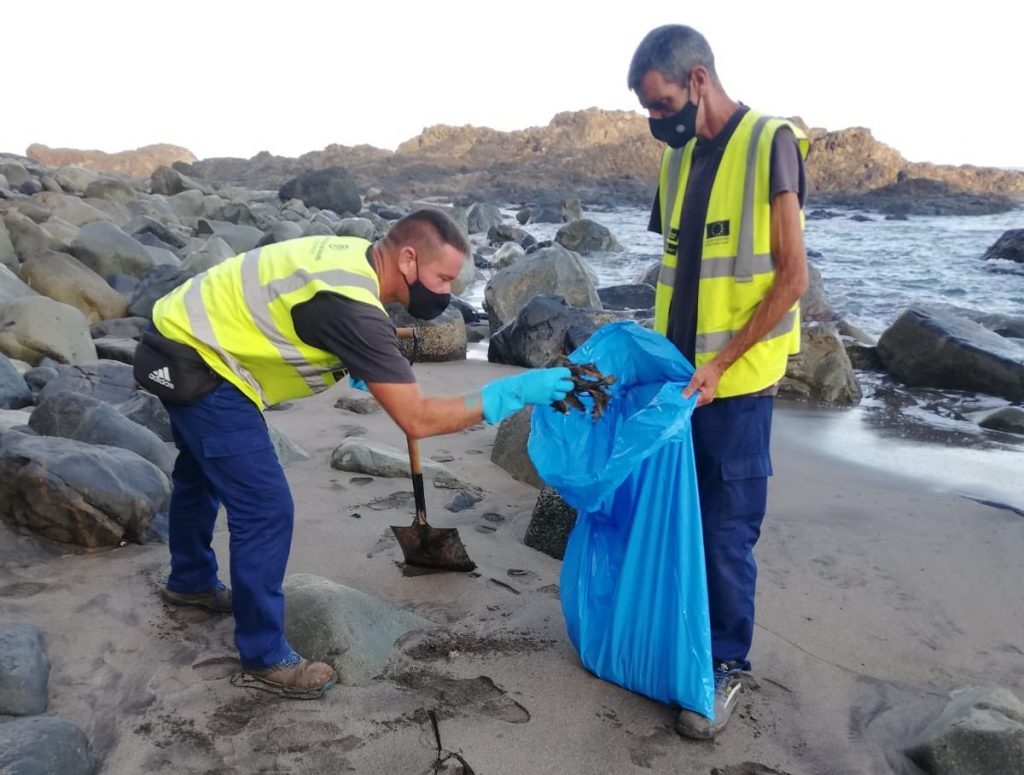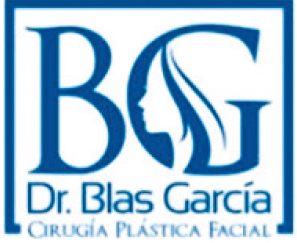
The Santa Cruz City Council has compiled all the information available on the beach closures that took place last week due to the presence of hydrocarbons, information that has been sent to the Government of the Canary Islands, reiterating the need to know the origin of the spill, and requesting coordination to address the cleaning, as well as the possible effects on the environment that has had the aforementioned spill. A report that has also served for the mayor, José Manuel Bermúdez, to request that plans be activated to contain the pollution that several beaches in Tenerife are suffering.
According to the report that the Santa Cruz City Council has sent to the Ministry of Ecological Transition, Fight against Climate Change and Territorial Planning, last week the beaches of Anaga had to be closed five times. Dead fish, bathers affected by stains and a strong smell of fuel, are some of the consequences of the spill described in the report.
Thus, on August 30, Las Gaviotas and the Almáciga coastline began to close due to the presence of hydrocarbons in water and sand, to which a strong smell of fuel was added on the second of the beaches. On August 31, the closure was repeated in Almáciga and extended to Roque de las Bodegas and Benijo. Again the reason was the presence of hydrocarbons in water and sand, and a strong smell of fuel in all. The accesses were marked out “due to the lack of citizen collaboration” according to the report prepared by which DIARIO DE NOTIOS has had access.
On September 1, the same three beaches as the day before had to be closed for the same reasons. They proceeded to inform on the municipal website that they are beaches with a black flag. On September 2, there were no closings. They returned last Friday in Las Gaviotas and Las Teresitas. It is detailed that in the first of the beaches numerous complaints were collected from users leaving the water with stains. In the case of Las Teresitas, traces of hydrocarbons were observed in the area between the Fishermen’s Association and access 3, prohibiting bathing in that area until two in the afternoon.
The report also details that, on August 31, on the beach of Almáciga, a stranded moray eel was collected, which was transferred to the La Tahonilla Wildlife Recovery Center, in case it was related to the spill. The Environmental and Territory Control and Management Service of the Santa Cruz City Council was in charge of cleaning up the hydrocarbon remains in the sand, for which it had the help of the social work crews that traveled to the affected beaches.
Activate protocols
The transfer of the report is made exposing the need to coordinate actions to be undertaken in order to minimize the conditions that it is causing in the natural environment. Already last week the mayor addressed the regional Executive requesting that the origin of the hydrocarbon be investigated urgently, a request on which he insisted yesterday. “We ask for an investigation into the origin of the hydrocarbons because they have not only led to the closure of beaches in Santa Cruz, but also in other municipalities, and which, on the other hand, require a bold action by the Government of the Canary Islands.”
“The Government,” he continued, “has to activate the plans that formalize these types of decisions, and, above all, initiate an investigation as quickly as possible.”
The brown stain that appeared in Valleseco is due to the works
The brown stain that appeared yesterday on the Valleseco beach has nothing to do with the spills. According to the Port Authority, it is the dust that the work of the Valleseco beach gives off, which was deposited on the surface of the water.















